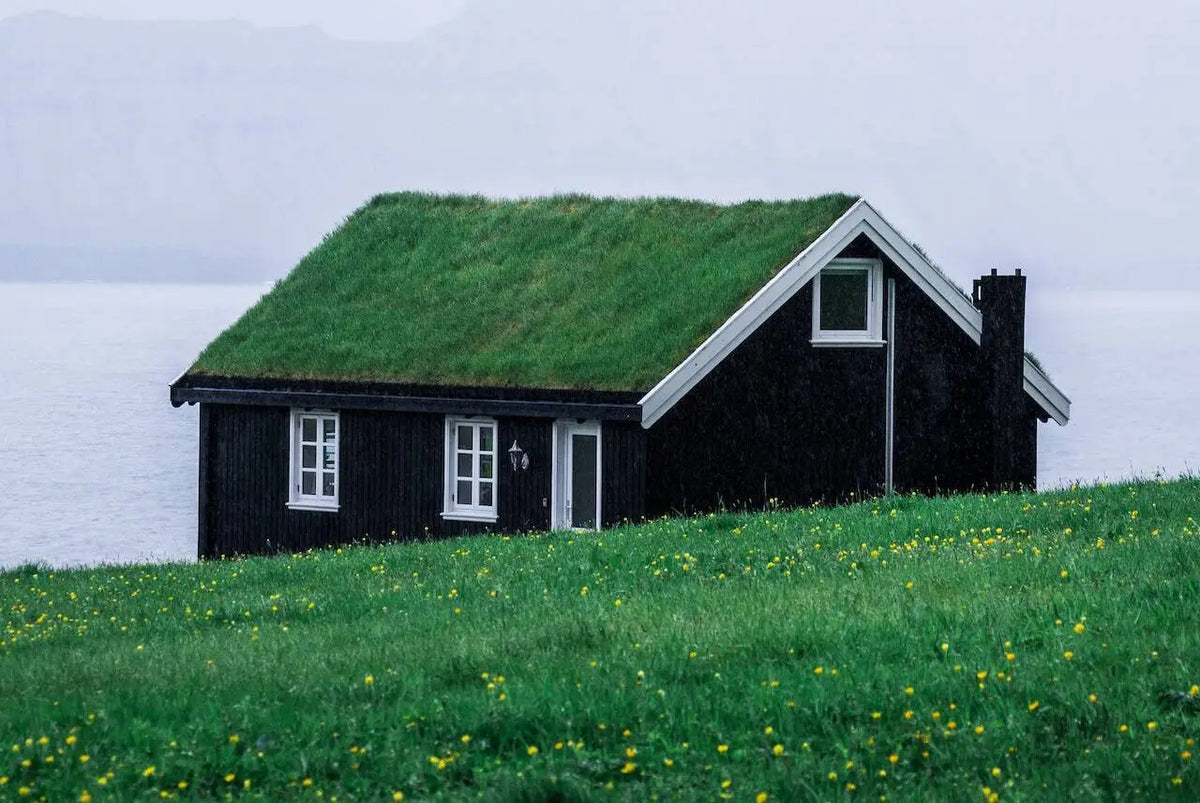10 Eco-Friendly Factors to Consider When Getting a New Roof for Your House

Embarking on the journey of acquiring a new roof for your home presents a unique opportunity to not only enhance its structural integrity but also to make a positive environmental impact. Opting for an eco-friendly roof not only reduces your carbon footprint but also contributes to sustainable practices. Here, we'll delve into the key eco-friendly factors to consider when selecting the perfect roofing solution for your house.
A brand new roof for your house is a huge investment. On average, it might cost $4-40 per square foot.
This requires careful consideration of several factors so that you settle for the best material and deal based on your needs and budget.
So, here are all the important factors to focus on when planning this.
-
Old roof removal
Most homeowners want to remove their old roof before installing a new one. After all, nobody wants to risk keeping a faulty roof. Some installers may convince you to keep the old roof and add a new roof layer over it.
However, your house walls and pillars can only take a certain amount of roof weight. So, you must seek an engineer’s approval before agreeing with them. This is especially important if your locality has a higher snow load.
If you seek the best roofing company Los Angeles, you can easily avoid such issues. It’s best to connect with a trustworthy roofing material supplier. They’ll give you the leads to the best roofers in the town!
-
Roof pitch
The roof pitch affects both the old roof removal and the new roof installation. A roofer will need to order more materials to cover a roof with a steeper pitch, and steep-pitch roofs also require more working hours.
So, steeper pitches will increase both material and labor costs.
Roof planes
Another factor in roof style is the number of planes. Although additional roof planes are attractive, they are more expensive because laborers need more installation time.
If you have a basic roof like those in barns and sheds, they have a single plane that stretches throughout the entire roof length.
On the other hand, if your roof is not a single plane and has dormers, valleys, hips, and gables, the costs will be higher.
Note: Special customization will also increase costs.
-
House architecture
Roofing experts suggest installing a roof that maintains the architectural integrity of the entire house and compliments the existing style. So, the overall cost will depend on the existing house style.
-
Roof color
The choice of roofing color is also important. For instance, dark roofs often retain heat while white ones repel it. Choose the right option depending on your locality's climate, and your energy bills will be lower.
-
Roof size
A greater roof size affects a few cost factors, such as:
- Labor costs are required for old roof removal, which will be higher if the old roof is fancy and intricate.
- The labor cost required for new roof installation will be higher if you go for a unique and intricate roof type and design.
- Cost of materials required for the new roof
-
Material
While choosing the roof material, consider its impact on the physical appearance. You must also choose a material with higher longevity. Ensure the overall cost is within your budget.
Some localities have special building codes regarding roofing materials. Often, significant neighborhoods have strict rules and regulations about aesthetics. So always check with the authorities before choosing the roof material.
-
Roof thickness
A heavier and thicker roof may require reinforcing housing foundations and walls. There’s no such issue if you go for lighter options. So, reconsider the weight limit your house can take.
-
Installation season
Due to safety and weather concerns, most contractors take on roofing projects in late spring and early fall. After all, in this industry, 50 roofers die annually from work injuries. Labor costs are also the most affordable in these seasons.
So, ensure you don’t start the roof installation in other seasons unless it’s an emergency and you have the budget.
-
Warranty coverage
Reassess the manufacturer’s and contractor’s warranty coverage, coverage exclusions, and transferability options on the roof. Compare the offers from all the best roofers and pick one wisely.
This works like a financial protection against premature failure and manufacturing defects.
-
Maintenance requirements
Different roofing materials require different maintenance needs to ensure optimal roof longevity. Assess factors like cleaning, inspection, and repair routines. Choose a material that you can maintain according to your schedule and budget.
Conclusion
Getting a new roof for your home is a major decision. So, consider each factor, consult with experts, and go for something that suits your pocket and gives you the best worth in the long run!